The storage of personal data recorded on paper is carried out in accordance with the Federal Law № 125-FZ 'On archiving activity in the Russian Federation' and other regulations on archiving and storage. Deadline or condition for ending the processing of personal data: cessation of activity of LLC 'Ortimed'.
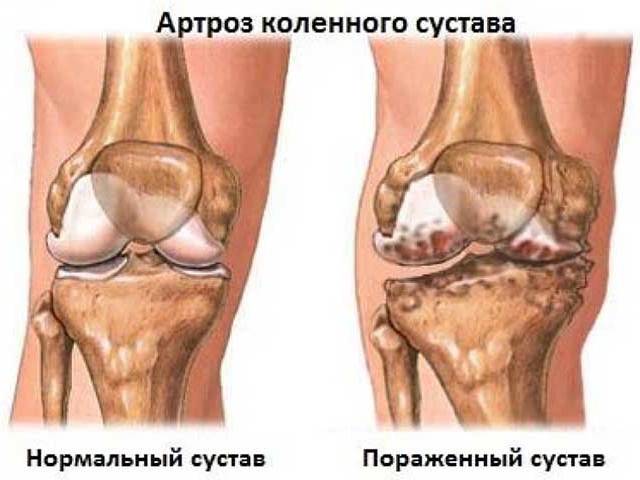
- orthopedic articles
- General rules for wearing an orthosis
- Not sure about your choice?
- News
- Indications for surgery
- contraindications
- Treatment of knee arthrosis in the knee center
- rehabilitation
- For knee joints
- Soft
- Semi-rigid and rigid models
- ankle joint
- Buy with this product
- Article
- How do you wear the orthoses correctly?
- Possible contraindications
orthopedic articles
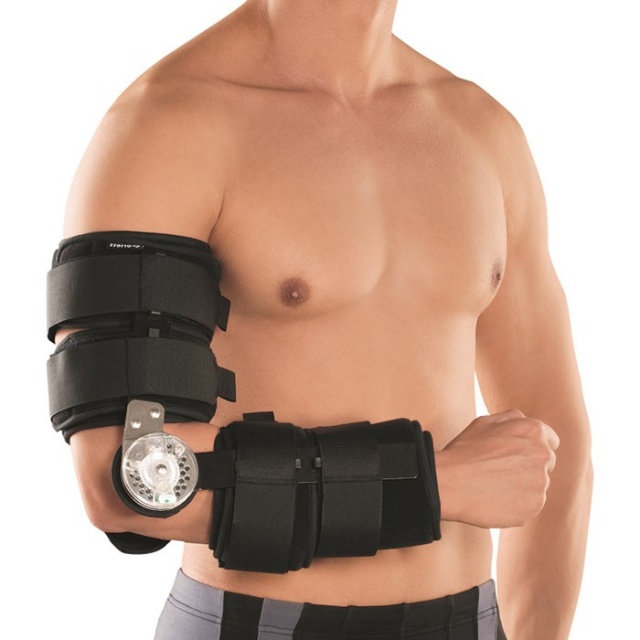

The production of custom-made orthoses is carried out by private workshops. But not all can guarantee the high quality and availability of certificates, such as B. Wholesale manufacturers such as the Spanish company Orliman.
The production of this Spanish brand is differentiated and approved for use in Russia. In addition, the company is ISO 9001 – 13485 certified, which corresponds to the manufacture of orthopedic products in accordance with the European quality standard.
Orliman has been on the market for 70 years and has its own full-cycle research center in Spain.
To avoid having to order a custom-made orthosis, choose a size-adjustable model from our website. This is a convenient solution, since you have the opportunity to use a high-quality orthosis made from certified raw materials.
General rules for wearing an orthosis
It is important that you use the product correctly. Each product has specific characteristics, but it is possible to stick to the general recommendations for wearing an orthosis:
– The orthosis should only be used after consulting a doctor;
– The type of product should be determined individually by the orthopedist;
– The wearing pattern recommended by the doctor should be strictly followed;
– A cotton shirt, vest or jacket without seams should be worn under the orthosis;
– The condition of the skin should be checked at regular intervals. Contact a doctor if irritation or signs of discomfort occur;
– Do not lift or carry more than 5 kg;
– wearing a corrective device requires regular spinal monitoring to ensure timely replacement or correction;
– Perform breathing exercises while wearing the product.
Not sure about your choice?
Our consultants will be happy to help you choose the right orthopedic bandage.
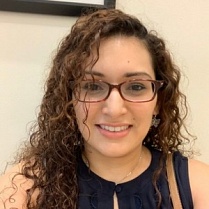
Maria Dmitrievna Lavrova
Medical education at the Burdenko State Medical University in Voronezh. NN Burdenko
Has been working with Orliman products since 2012, last training on Orliman products in 2018
'I like my job and the company I work for. The selection of orthopedic products gives me great pleasure!'.

Ivannikova Arina Stanislavovna
Medical education at the Russian National Scientific Medical University named after Pirogov, 2010.
Has been working with Orliman products since 2017, last training on Orliman products in 2018
'My first year in this call center has been a joy. I do my job with quality and responsibility.'
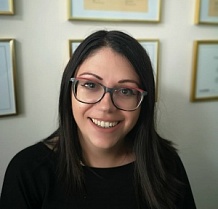
Ivanchenko Kristina Yaroslavovna
Medical diploma from Izhevsk State Medical Academy in 2009.
Has been working with Orliman products since 2013, last training with Orliman products in 2018
'A great job that brings nothing but joy. I don't regret becoming an orthotist. I really enjoy helping people!'

Alina Ivanovna Mironova
Medical education at Tver State Medical University in 2011.
News
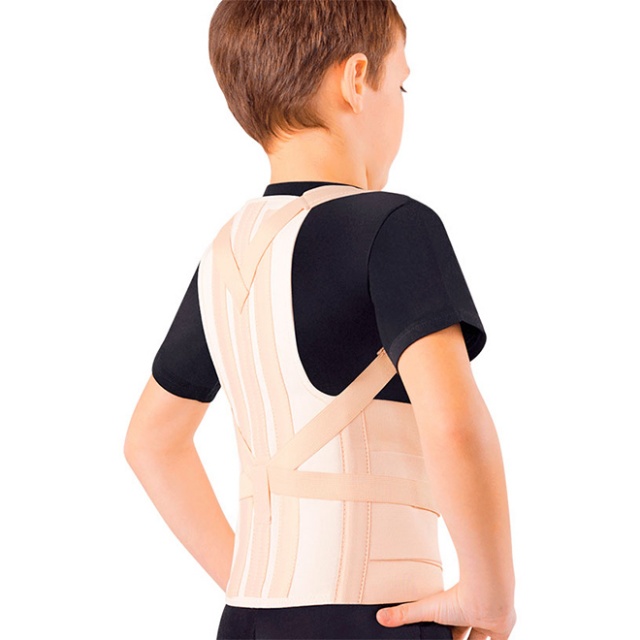
Children's lumbosacral orthosis - a product for the treatment of curvatures.
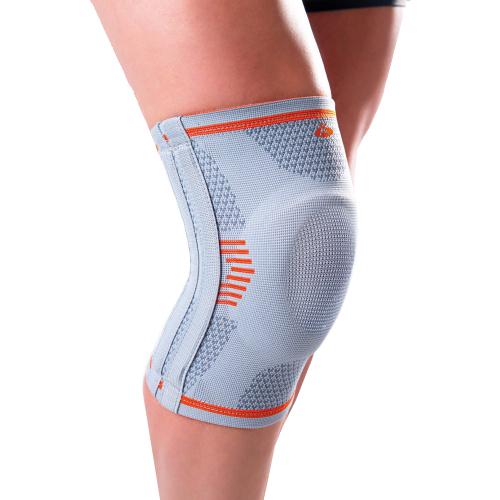
Learn how to keep your knee joints healthy.
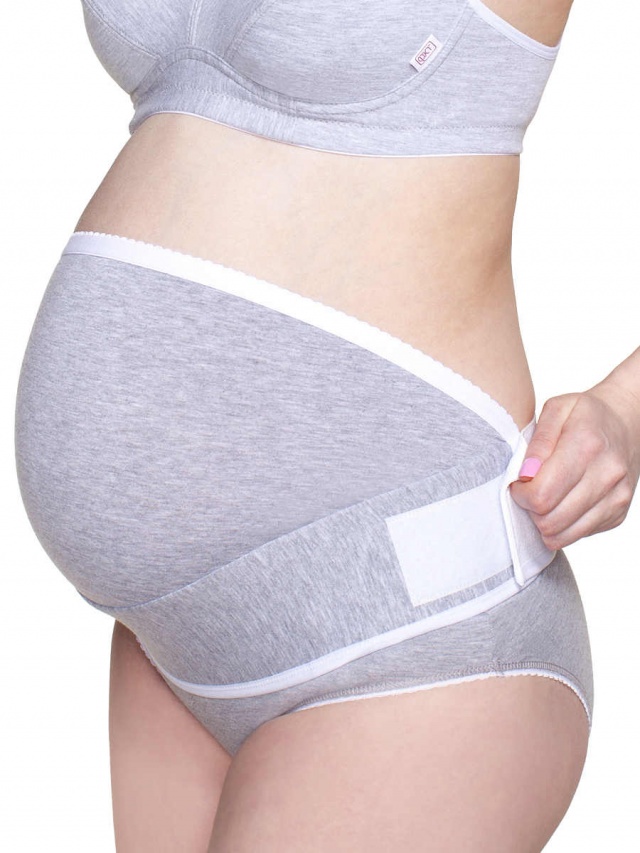
What models of prenatal braces are there.
Indications for surgery
About every tenth patient with a knee disease requires an endoprosthesis. Critical anomalies are caused by the following diseases:
- rheumatoid arthritis and gout;
- deformed arthritis;
- Ankylosing spondylitis;
- Intra- or periarticular infections;
- traumatic lesions;
- severe obesity;
- endocrine disorders.
Surgical intervention is indicated when the following pathological changes are detected:
- Conspicuous pain symptoms and severe movement disorders for which conservative methods and minimally invasive interventions do not help or no longer make sense;
- severe gonarthrosis;
- systemic osteoarthritis;
- periarticular necrosis of articular bones;
- localized tumors;
- Congenital and acquired dysplasia;
- malunion fractures;
- Post-Traumatic Degeneration.
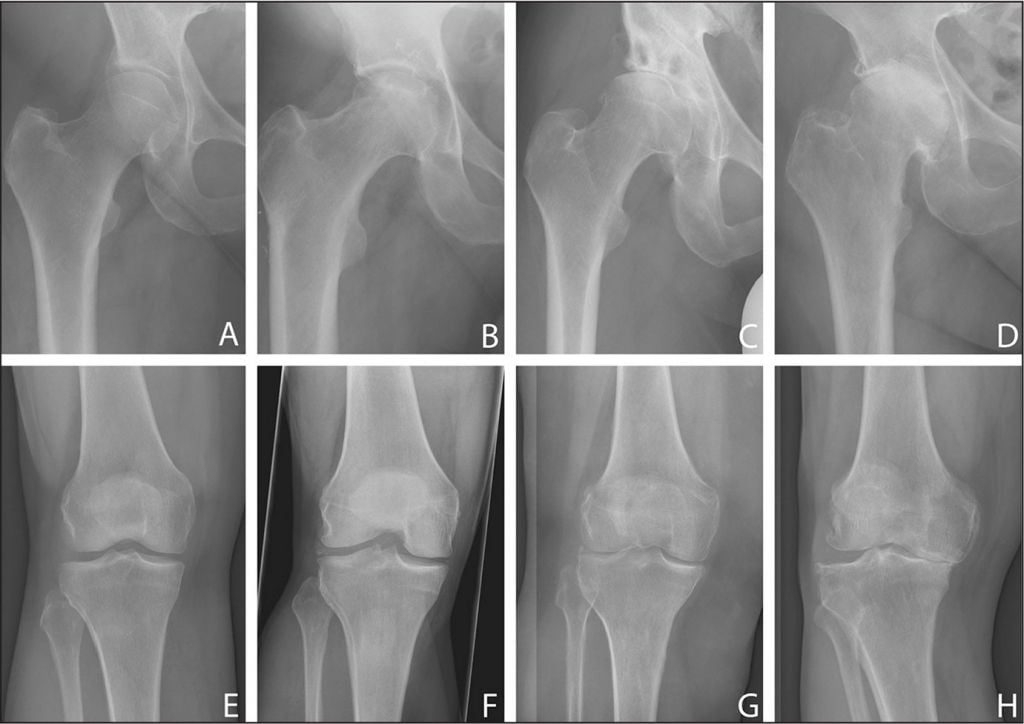
Postponing surgery for grade 3-4 gonarthrosis is associated with spinal deformity. This is due to the lameness. The degenerative processes of osteoarthritis severely affect bones, causing them to become brittle, lose density and make attachment of implant components difficult.
contraindications
The procedure is also acceptable in the elderly. However, the intervention is not indicated when there is a decompensated pathology such as diabetes or hypertension. All infectious inflammatory lesions in the body must be completely eliminated before the planned procedure. General list of contraindications:
- Decompensated chronic diseases;
- Local and general infections, inflammatory processes;
- anemia grade 2-3, low blood clotting;
- severe mental disorders;
- Uncontrolled diabetes mellitus;
- tuberculosis of the bones;
- paralysis of the limbs;
- Deep vein thrombosis of the lower extremities.
Weight correction is sometimes required when the body mass index is too high, which can lead to trauma and displacement of the implant. After the treatment there are no disabilities.
Treatment of knee arthrosis in the knee center
The main goals of treatment are pain relief and restoration of mobility.
Depending on the clinical picture and the degree of osteoarthritis, treatment can be conservative or surgical.
Conservative treatment of osteoarthritis in the knee includes:
- Working with excess body weight. Even a small reduction in body weight reduces pain intensity.
- Physical activity. Strengthening the muscles makes the knee joint more stable; Stretching exercises help maintain mobility and flexibility in the knee
- Over-the-counter pain relievers, anti-inflammatory drugs such as ibuprofen
- Intra-articular hyaluronic acid injections. Steroids have a strong anti-inflammatory effect, hyaluronic acid is part of the intra-articular lubricating fluid.
- Wearing orthopedic braces. Depending on the purpose, the doctor may prescribe knee braces or knee brace braces
- Physiotherapy and physical therapy are an indispensable part of conservative treatment and rehabilitation.
If conservative therapy proves to be ineffective, surgical treatment is performed:
- The arthroscopy. In this procedure, an intra-articular endoscope with a camera and other surgical tools is inserted through small incisions into the joint cavity of the knee. During arthroscopy, the surgeon removes the damaged cartilage and other defects. Damage to the meniscus is an absolute indication for arthroscopy. It is most commonly performed on young patients aged 55 or younger.
- Knee replacement surgery (endoprosthesis). In this operation, the damaged knee joint is replaced with an endoprosthesis made of a metal alloy. It is performed on patients with osteoarthritis.
rehabilitation
The rehabilitation of patients with osteoarthritis of the knee is one of the most important phases of treatment and important for restoring functional activity and controlling symptoms. Physiotherapy is essential both in the conservative phase and after surgical treatment. Tailor-made exercise sets developed by rehabilitation therapists target a slow recovery.
The orthopedists and traumatologists of the Federal Research and Clinical Center specialize in comprehensive treatment of osteoarthritis of the knee, using advanced diagnostic and treatment methods in clinical practice. An individual approach, a comprehensive assessment of the musculoskeletal system and treatment according to international standards are factors that guarantee high treatment rates for patients with knee osteoarthritis.
This article is for informational purposes only and is not intended for self-diagnosis and self-treatment. If you have any symptoms, please contact your doctor.
For knee joints
Models with different degrees of stiffness are used to support both healthy and injured knee joints.

Soft
This type of orthopedic care is divided into the following types:
- open models. These bandages have an adjustable tension. The use of open models is indicated for sprains and in the postoperative period;
- Open dressings with rigid spiral ribs. These products are used to fix the knee for inflammation in the knee;
- closed models. These knee orthoses are used by competitive athletes and people who want to relieve the knee when walking for long periods.
Semi-rigid and rigid models
Fabric, metal and plastic are used to manufacture knee pads. Both semi-rigid and rigid bandages relieve pressure, support and correct the knee. As part of treatment, these products are used for severe knee injuries. The price of these models ranges from 2,000 to 12,000 rubles.
ankle joint

In addition to being divided into soft, semi-rigid and rigid versions, ankle orthoses are also divided into the following variants
- hingeless. This ankle brace does not contain rough patterns and is used to correct pathological changes in the ankle;
- With hinge. The articulated content maintains joint mobility while wearing these devices.
This type of orthopedic device is used when there is a need to immobilize the distal parts of the lower limbs. The main indications are injuries of the ankle, inflammatory and degenerative diseases in this area.
The stiffness of the ankle orthoses can range from an elastic bandage to a full plaster bandage. The cost of these devices ranges from 750 to 16 thousand rubles, depending on the type and purpose of the splint.
Buy with this product
Article
Gone is the image of orthopedic shoes as special, unsightly footwear. Today, orthopedic shoes (preventive and therapeutic) are comfortable, elegant, fashionable and do not cause physical discomfort. There is a wide range of orthopedic shoes for any age and pathology.
Every second woman in Russia suffers from varicose veins. One of the reasons for this is the late start of compression therapy when the disease is already well advanced. Wearing compression stockings is not only the most important measure to treat varicose veins, but also to prevent them.
On average, a person spends a third of their life - 25 years - in bed! Why not use this time to regenerate and stay healthy?
The most memorable event for parents is their child's first steps. So that your child can continue to walk safely and comfortably in the future, you need the right footwear.
Osteochondrosis is the most common progressive disease of the spine, affecting approximately 70% of the adult population. The spine has very important functions—support, movement, protection, balancing, and cushioning—that disease and injury can disrupt.
One of the most common musculoskeletal disorders is flatfoot. This is a deformity of the foot in which the arch of the foot is flattened (dropped). The normal human foot has two arches - the longitudinal arch (along the inside of the foot) and the transverse arch (under the base of the toes). These have an important balancing and damping function. When the muscles and ligaments in this area weaken, the foot bottoms out and becomes flat and loses function.
How do you wear the orthoses correctly?

The orthopedist must choose the right orthosis. After the diagnosis and depending on the patient's condition, he must determine the required orthosis. If the orthosis is too big or too small, it will press on the knee or ankle or sag. This will also avoid abrasions and irritation of the skin over the joint. Orthoses can be bought in a pharmacy or medical supply store.
Possible contraindications
If you feel discomfort in the limb, you should stop wearing the orthosis. As with any therapeutic measure, there are also a number of contraindications for orthoses. In particular, they should not be used if the following points are present:
- circulatory disorders;
- thrombophlebitis;
- varicose veins;
- Susceptibility to vascular and venous diseases of the lower extremities.
Choosing the wrong size can cause complications in the form of numbness, bruising, redness when wearing the orthosis. Your pharmacist, retailer or doctor will be able to tell you how to choose the right size. Never try to self-medicate as it can make the condition worse. In order for the orthosis to last as long as possible and to benefit your health, you should follow the instructions for use carefully.
Read more:- Complete leg orthosis.
- Overnight orthosis for plantar fasciitis heel spurs.
- toe pads.
- hip brace.
- ribbons for children.
- Foot orthoses for valgus deformities.
- Reviews of alloy holders.
- shoulder brace.
